Regarding which of the “dermal” and “imitation leather” is better, there is nothing to compare. Two different things, each with different needs and preferences, have a need for its existence. The key is to understand the characteristics of “leather” and “imitation leather” so that you don’t spend money, but you can’t figure out what you bought.
What is Imitation Leather, or Faux Leather?
“Imitation Leather (Faux Leather)” does not refer to a specific material. Any artificial material that can imitate the appearance and touch of leather belongs to the category of imitation leather. And “Synthetic Leather”. The world of imitation leather is all-encompassing. In addition to the variety of materials, different substrates (for example: cotton, polyester fiber, nut leather, composite leather), after different processing, will produce different styles, and each style manufacturer will give It is called differently (eg: washed leather, eco-friendly leather). Most people either look at the flowers in the fog, or think of the word “skin” directly and associate it with the animal. Here we will choose the more commonly heard imitation leather materials to introduce:
PVC leather:
The three English letters of PVC leather are abbreviations of Polyvinyl Chloride, and the chemical name is “polyvinyl chloride” which is a kind of plastic.
The common PVC leather construction method uses polyester fiber as the substrate, plus a protective film containing PVC and plasticizer. With this layer of protective film, PVC leather is resistant to dirt and water, and can be kept clean without the need for maintenance.
The price of PVC leather is lower than that of leather, even rubber and latex. But because it is not breathable, it will be uncomfortable after contacting the skin for a long time. Due to the inclusion of plasticizers, cracks may appear on the surface after long-term use.
PU leather, PU film leather, two-layer leather:
PU is the abbreviation of Polyurethane and its chemical name is “polyurethane”. The common manufacturing method of PU leather is to process on the substrate (such as cotton, polyester fiber, nut leather, composite leather), and spray or apply a layer of PU polyurethane protective film.
The touch and appearance of PU leather are closer to the real leather than PVC leather, and sometimes they can be real. This is why PU leather is currently the most common imitation leather material on the market. It is slightly better than PVC in that it has fiber pores on the surface, which is more breathable, waterproof, and can imprint various textures. PU leather will contain many harmful chemicals in production, such as DMF, DOP and so on.
If you are not an advocate of “Full Trueness” or have a limited budget, PU leather is indeed a good choice. Its price is at least half cheaper than genuine leather, and it can be almost real.
Water-based PU leather
Water-based PU, as the name suggests, is a water-based raw material PU. Its surface effect is similar to that of PU leather, which is as soft and delicate as PU leather and artificial leather. The most fundamental difference is that water-based PU is produced by using water instead of organic solvents, so the production process does not contain harmful chemicals such as DMF, DOP. which is environmentally friendly and sustainable.
Water-based PU leather is more breathable than any PU leather and has no pungent smell.
Bonded leather:
Compound leather is made by recycling the leftovers and scraps that are not needed by the leather factory, and adding chemical materials to repress and bond.
Generally, the shape of a single dermis will be irregular, but not the compound skin. The finished product is about 140 cm wide, which greatly reduces the cost and the rate of loss of use.
Compared with PU leather, it has a looser fiber density and no longer has dermal characteristics. However, a few people think that compound skin is “dermis” because the ingredients contain “skin scraps”, which is incorrect.
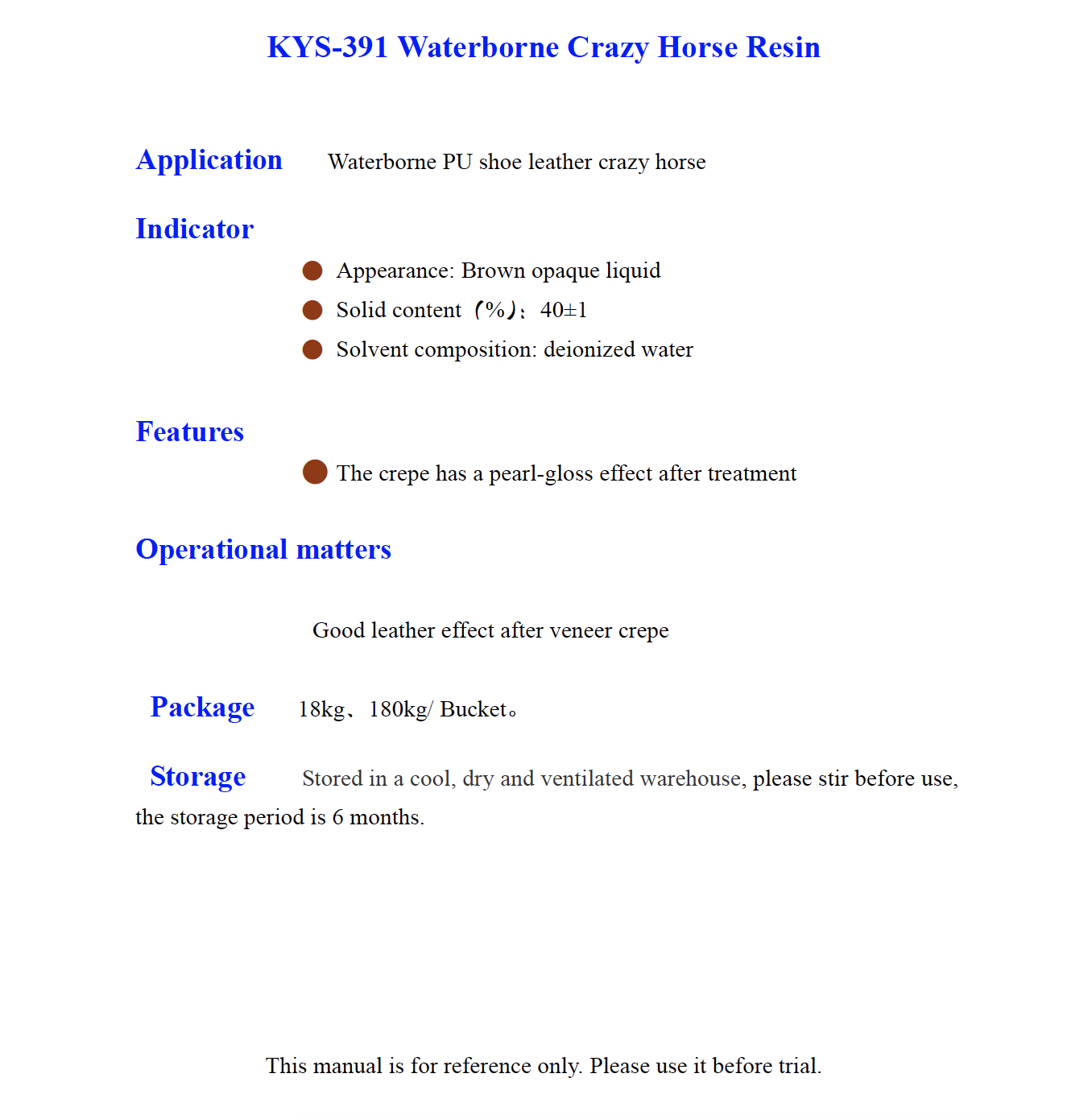 KYS 391 Waterborne Crazy Horse Resin
KYS 391 Waterborne Crazy Horse Resin
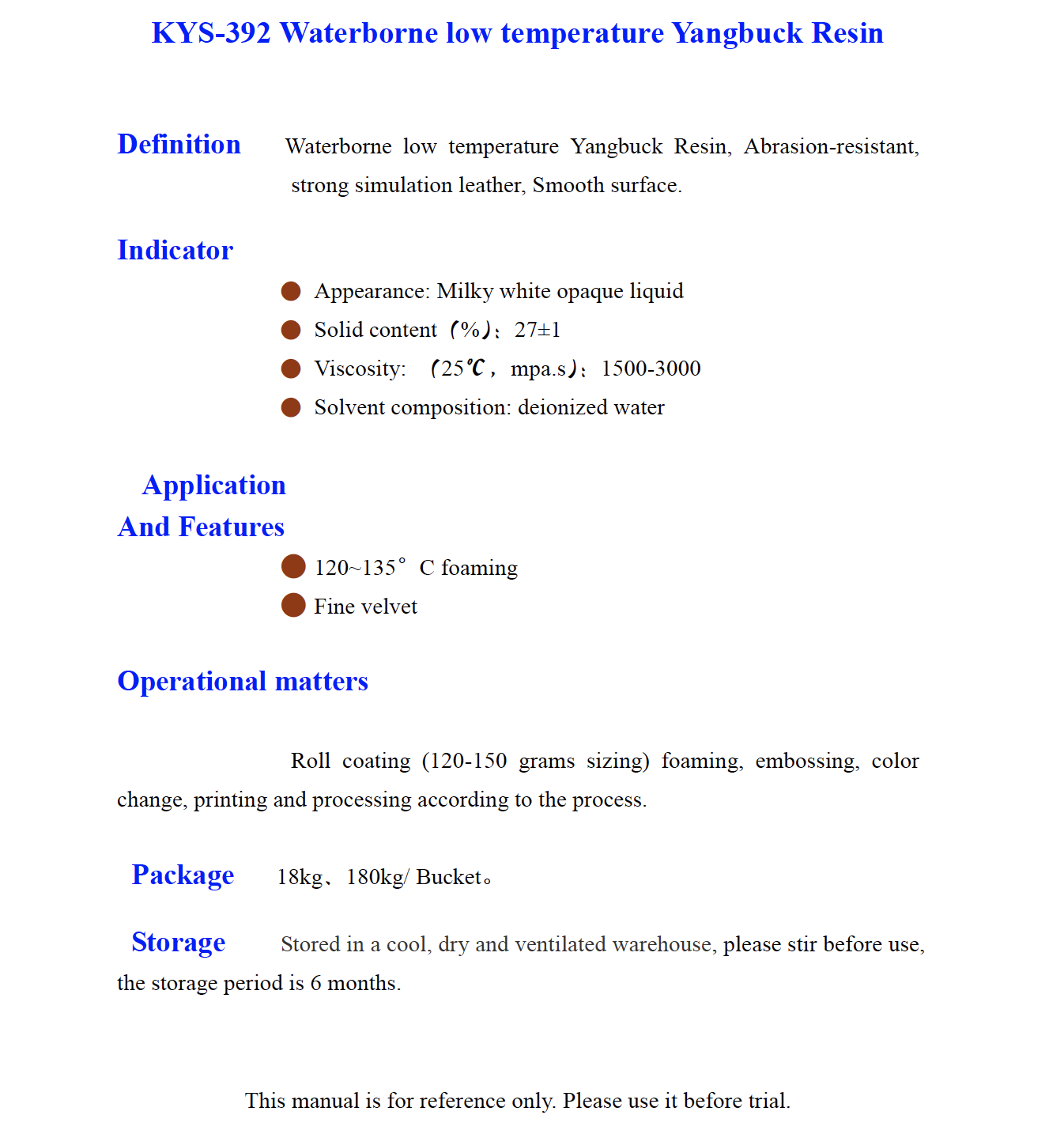 KYS-392 Waterborne low temperature Yangbuck Resin
KYS-392 Waterborne low temperature Yangbuck Resin
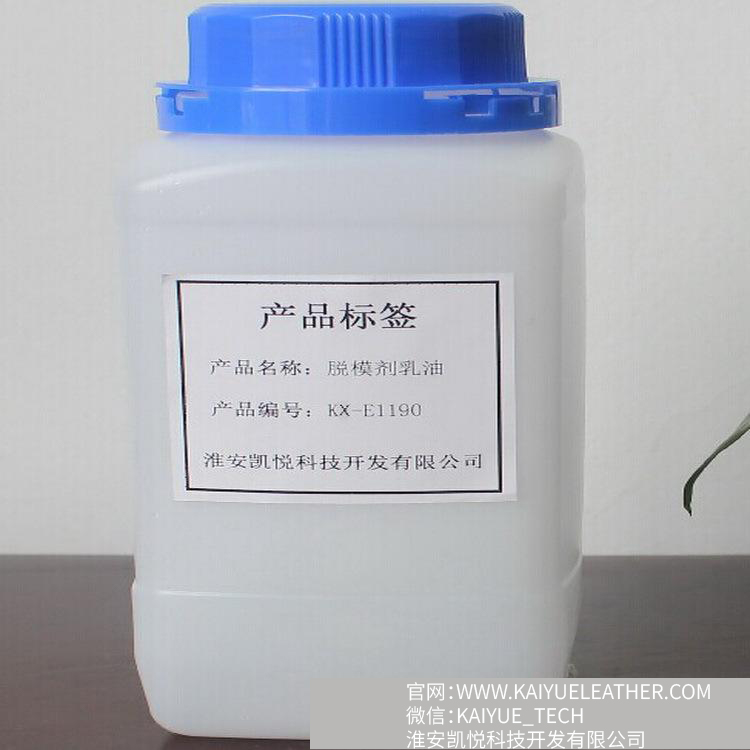 KY-E1190耐高温脱模剂乳油
KY-E1190耐高温脱模剂乳油
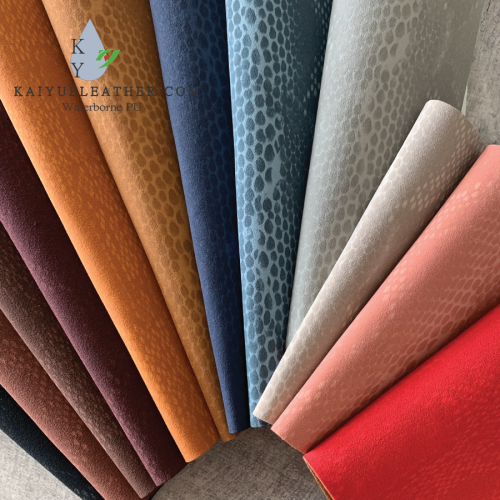 Water-based leather-KY9655
Water-based leather-KY9655
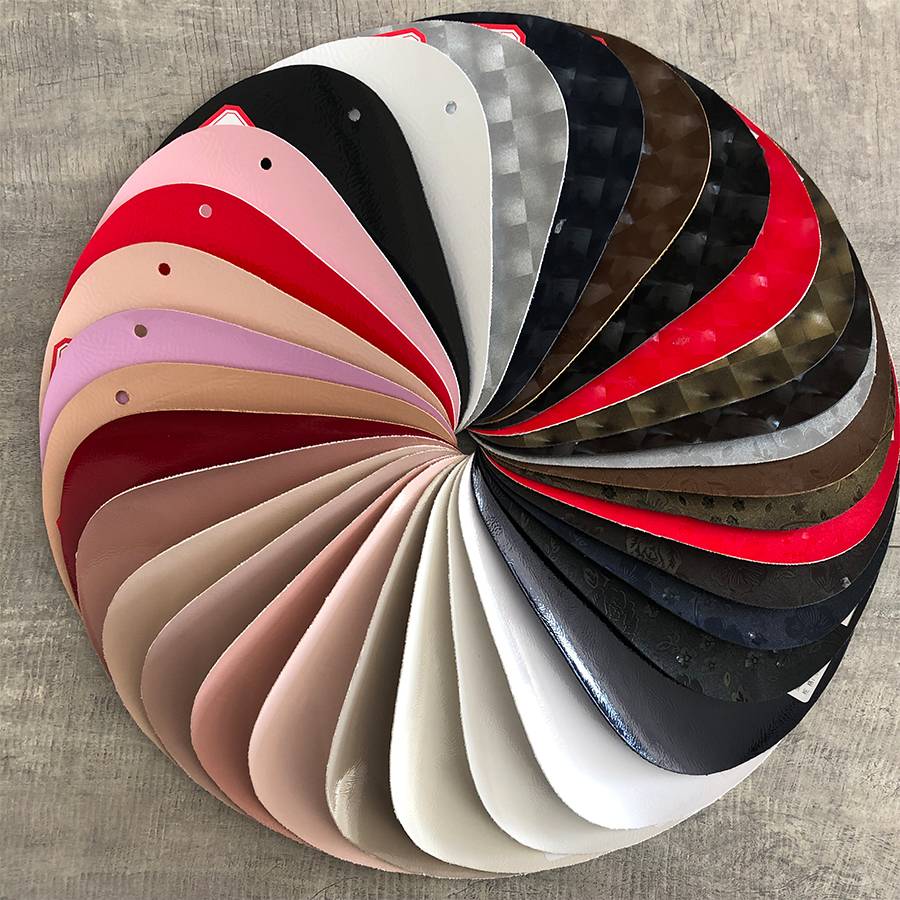 For Handbag&Shoes
For Handbag&Shoes
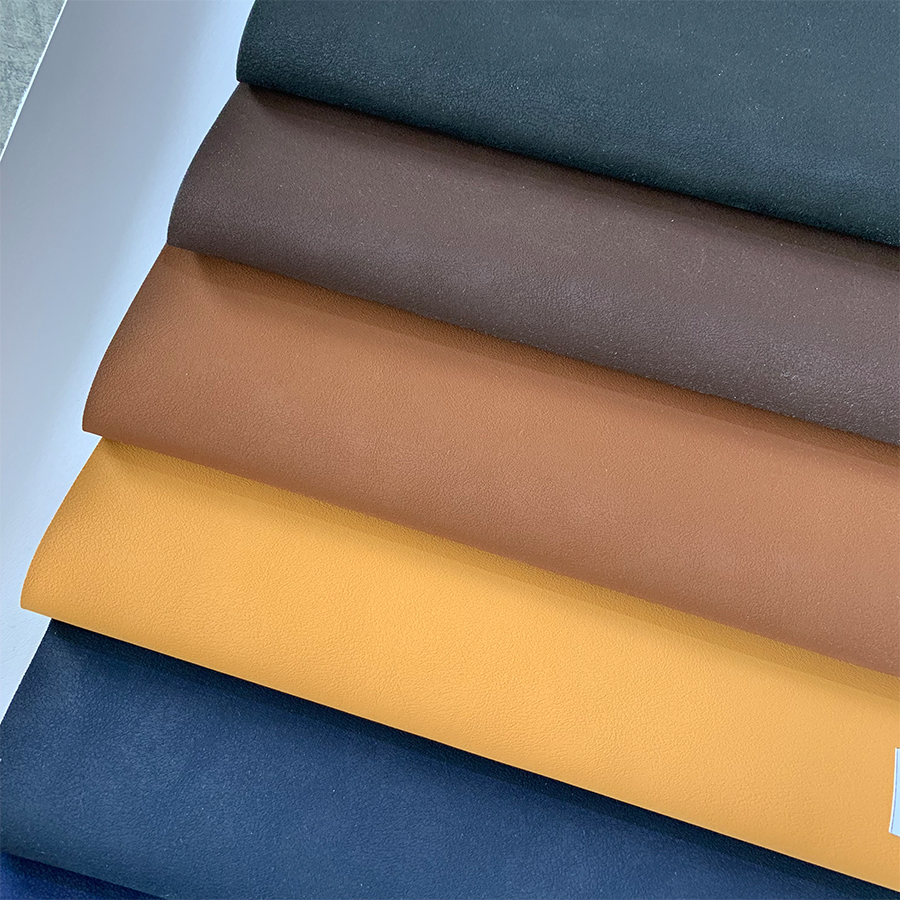 Waterborne PU leather
Waterborne PU leather
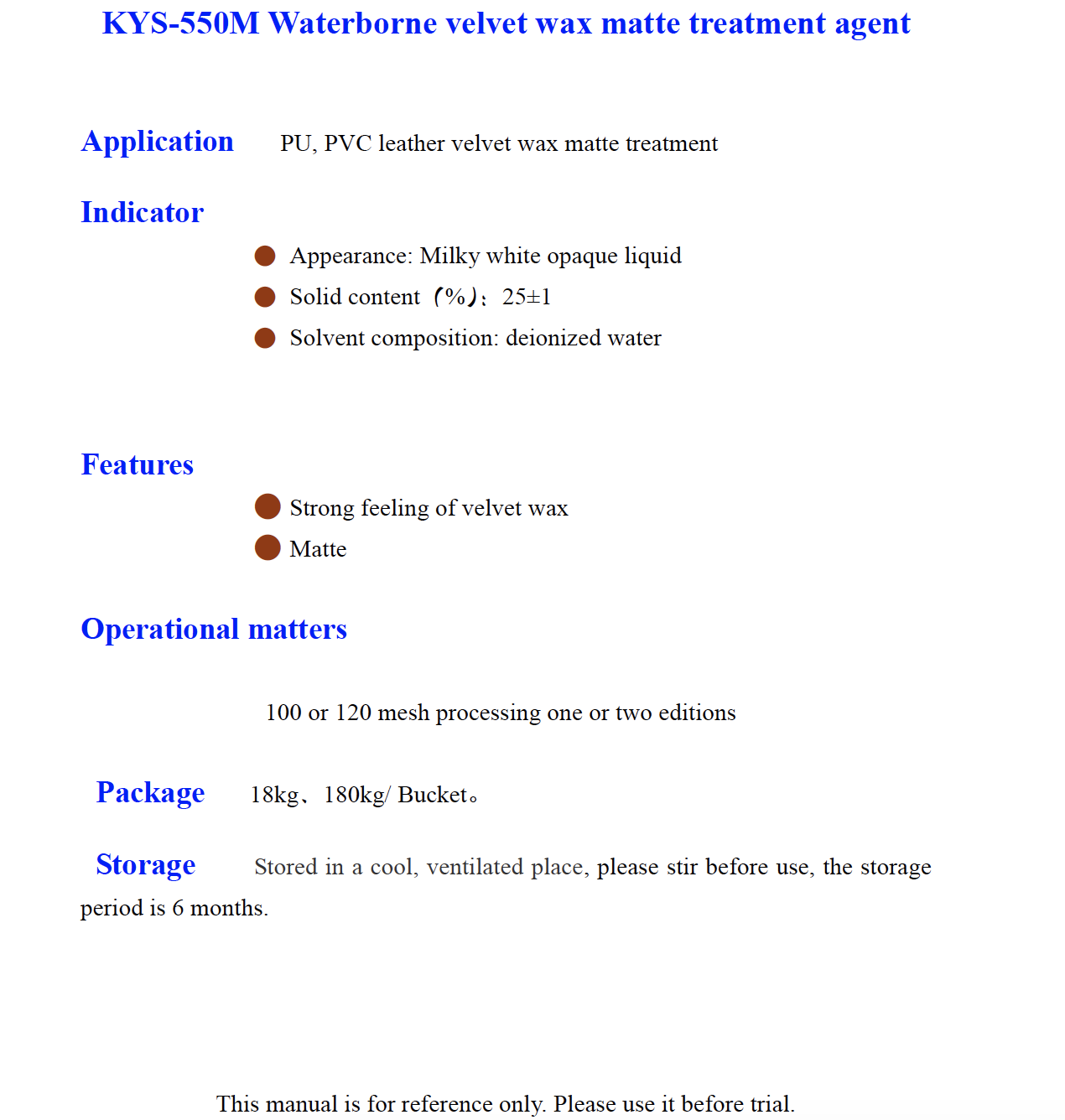 KYS 550M Waterborne velvet wax matte treatment agent
KYS 550M Waterborne velvet wax matte treatment agent
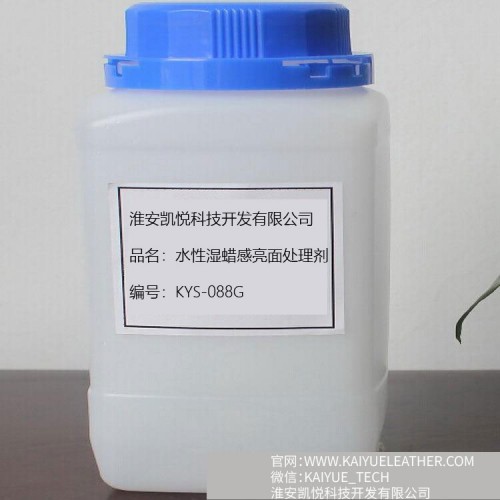 Water-based leather surface treatment agent, Eco-friendly, long-lasting wet wax feel, soft touch, non-slip KYS-088G
Water-based leather surface treatment agent, Eco-friendly, long-lasting wet wax feel, soft touch, non-slip KYS-088G